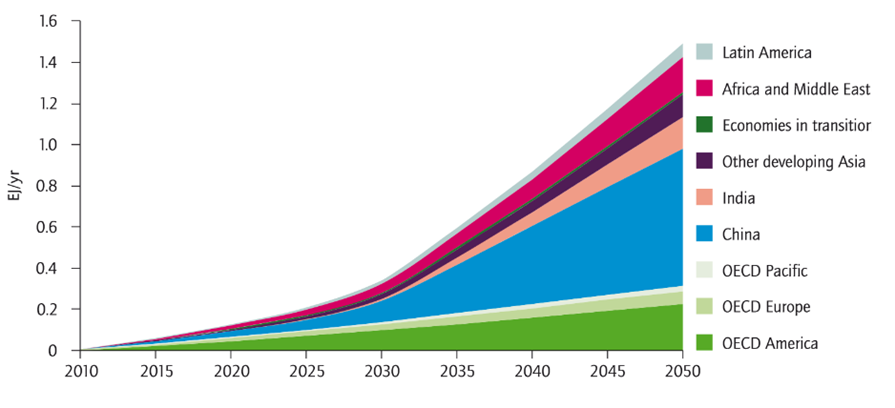Energy, Environment and Sustainability Group
It is often repeated that the world produces enough food for 12 billion people and yet hundreds of millions are on the point of starvation and two billion are poor, or on the poverty line.
The clichéd cause is the uneven distribution of wealth in the world but there is another, even more significant, cause.
In a large number of countries a very large proportion of the food grown rots before reaching the table.
The most common cause of the great majority of this is due to lack of, or inadequate, refrigeration - the cool chain as it is called. Why? It is the lack of electricity supply.
For example, India loses 48% of its agricultural production while struggling to feed the population. 400 million people - of a population of one billion - lack mains power, especially those living in agricultural communities.
What if the 48% was 20% instead? India would not only adequately feed all of its population but would export large quantities of food. Rural communities would get wealthier, food would get cheaper and the country would be much more prosperous overall.
What is true for India is also true for the majority of other hot countries.
Solar crop storage would create those conditions and lift whole continents out of need.
What of the developed world?
Energy poverty is a massive problem as well as exponentially rising carbon dioxide emissions due to a rapidly expanding air conditioning market.
Solar thermal powered air conditioning would alleviate this as well as reducing the heat island effect of millions of urban mains powered air conditioning units pumping heat into city air, creating the need for more and more power to maintain cool conditions inside living and working spaces.

The market potential is enormous, and could also take the strain off power generation and distribution systems.
“Lifting Billions out of poverty” may be a bold and ambitious claim, but the numbers add up for the economists, the engineers and the people who will benefit the most from this technology.